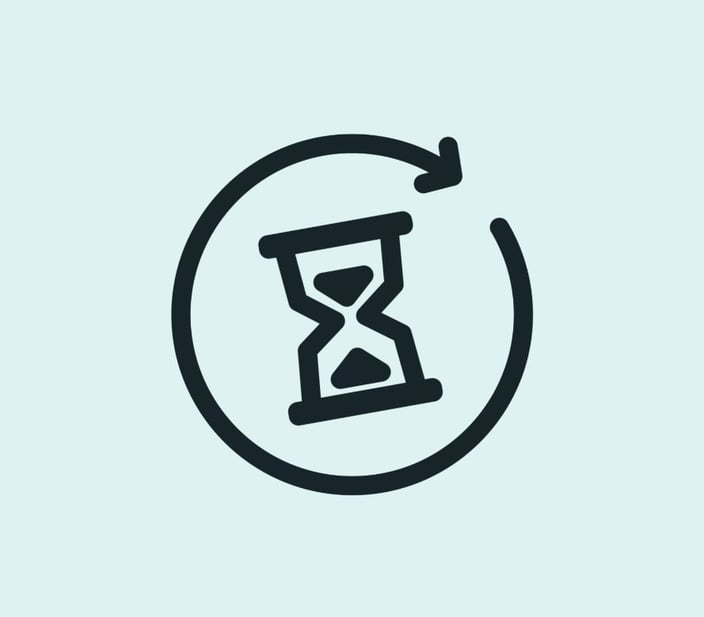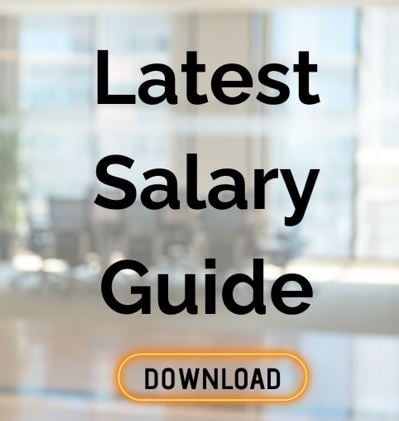It’s a topic which is paramount across the world to all business leaders, HR teams and hiring managers as they strive in search of their departmental and organisational goals. After all, attracting and then retaining the “right” people is critical to both our own sanity and business reality!
Wouldn’t it be great if you could guarantee every new employee worked out and hit the ground running?
It would save so much time, effort and money.
Research indicates that businesses are still along way from 'nailing' this, with a recent Glassdoor commissioned report indicating that up to 95% of Companies admit to recruiting the wrong people each year. Another report commissioned by the Recruitment and Employment Confederation highlighted significant costs in flawed recruitment processes resulting from a bad hire.
Sadly there is no magic wand, but we believe there are several fundamental steps that can be taken to significantly reduce the risks for an organisation.
Below are 7 of the key steps we believe you need to take to significantly reduce the risks of a bad hire.
1. Review your Organisation.
Organisations often don’t do a good job at promoting their value as part of the recruitment process. Branding, as we refer to elsewhere on the blog, is key these days in the talent attraction process. Let's face it, if you're not attracting the right people, there is an increased chance of a "bad hire" so we think It’s a good exercise to ask yourself some probing questions:
-
Why would anyone want to work here?
-
Why do you?
-
What makes your organisation attractive?
We recommend you take a comprehensive look at the things that distinguish your organisation from others, as well as the potential pitfalls (eg, bad industry news, excessive hours). Use them to promote the value your workplace offers when recruiting others to join your team.
Good candidates, the ones we all want to attract, will do their homework, and they will probably know about any underlying issues from their research.
2. Wait for the Right Candidate!

We have all experienced a valued employee handing in their notice unexpectedly. It causes panic within the department, but also for the HR team who want to fill the vacancy quickly because of the potential impact to the business.
Rushing to fill a post in this manner is one of the biggest causes of bad hires as the desperation can often lead to the selection process becoming a ‘best of a bad bunch’ or ‘safest bet’ selection criteria. However, not waiting for the right candidate will be self defeating, as other staff will spend time training and then covering for the new recruit and will ultimately become disenchanted themselves with a new team member who just isn’t right. It can potentially lead to a greater loss of revenue and morale than having a vacant position.
It takes bravery to reject candidates who are OK and could do the job. But if we settle for OK, we ultimately just become OK as an organisation. Do we want that?
Our advice......be brave!
Be confident that your process is geared to successful outcomes
3. Align the Job Description to this Vacancy

A critical first step to your strategy should be aligning the job description to the role you are looking to fill.
It may not be a case of replacing like for like, but assessing the current and future needs of a department. So investing the time in reviewing or creating an effective and realistic job description will help you attract the highly qualified talent needed and eliminate those without the necessary skill sets.
Evaluate the range of skills, duties, responsibilities, and experience needed for this role and collaborate with employees familiar with the position to identify any overlooked position details that need to be included.
4. Profile your Ideal Candidate

Does your organisation spend time evaluating who has been successful in roles within your organisation and why they are successful?
Do you leave your recruitment decisions to gut feel and hope that one of the candidates will be just like Martin in Accounts Payable?
If the answer is yes to either question, why? Its 2019 and you simply don’t need to with the sophisticated behavioural testing in the workplace that is available to you.
It sounds basic, but so often employers do not know which candidate will be successful in their organisation and which ones will fail. So often the recruitment process is started without any of the prospective interviewers truly understanding what the ‘ideal’ candidate is.
Although job descriptions can offer some assistance in defining the education and experience required to perform tasks of the position, it doesn’t identify the behavioural traits that can help to predict who has the potential to be a top performer and who is most likely to stay at the organization going forward. This can only be determined if behavioural assessments are incorporated into the recruitment process. Otherwise you run the risk of taking on that “nice” person. Have you been there?
5. Profile the Interviewees against the role.
We use McQuaig behavioural testing software within our recruitment processes, which assesses the interviewee on a 'Will do' level. Standard interviewing frequently brings out the 'appear to' and 'can do' capabilities of a candidate, whilst McQuaig delves into the 'Will do'. This assesses attitudes, beliefs, self motivation, stability and persistence, maturity and judgement, capability to learn and temperament, and matches this against the role they have applied for to ascertain whether they are a match. This can be particularly powerful especially when you align this with interview questions to interrogate it further.
6. Have a Structured Interview Process.
Research indicates that one of the key contributors to a bad hire is a flawed Interview process. This is a topic mentioned in several of our other blogs but is critical to helping you find the right person.
All interviewers should have structured questions to ask, and should use a pre-agreed scorecard system to allow them to evaluate the suitability of each of those candidates to the role.
Without this, how will you evaluate the person? Will you be potentially swayed by the person you get on with best? It happens…. and it happens frequently in our experience to the detriment of organisations!
7. Onboard effectively
Once a person is hired, it’s the start of the process a mistake that many companies can fall foul of by thinking the job is done after an offer is accepted and a start date is agreed. If you think it’s enough to just show them a desk and give them a to-do list and a thirty minute tour you are in for a shock!
Studies have found that companies with a strong onboarding process improve new hire retention by 82% and reported a more than 70% increase in productivity. Onboarding should not be viewed as a one-week orientation but rather a year-long program that helps new hires feel acclimated and motivated to perform as we have written about previously here.
If you would like to evaluate your hiring processes why not complete our Hiring Checklist exercise.
Can we help? We have placed and filled over 100,000 temp and permanent assignments over the last 30 years so have a range of techniques, ideas and platforms which could help you. Why not call us on 0113 367 2880 to have a conversation with one of our team. Alternatively drop us an email here or check out our Testimonials and Case Studies.






.jpg)











.png)






